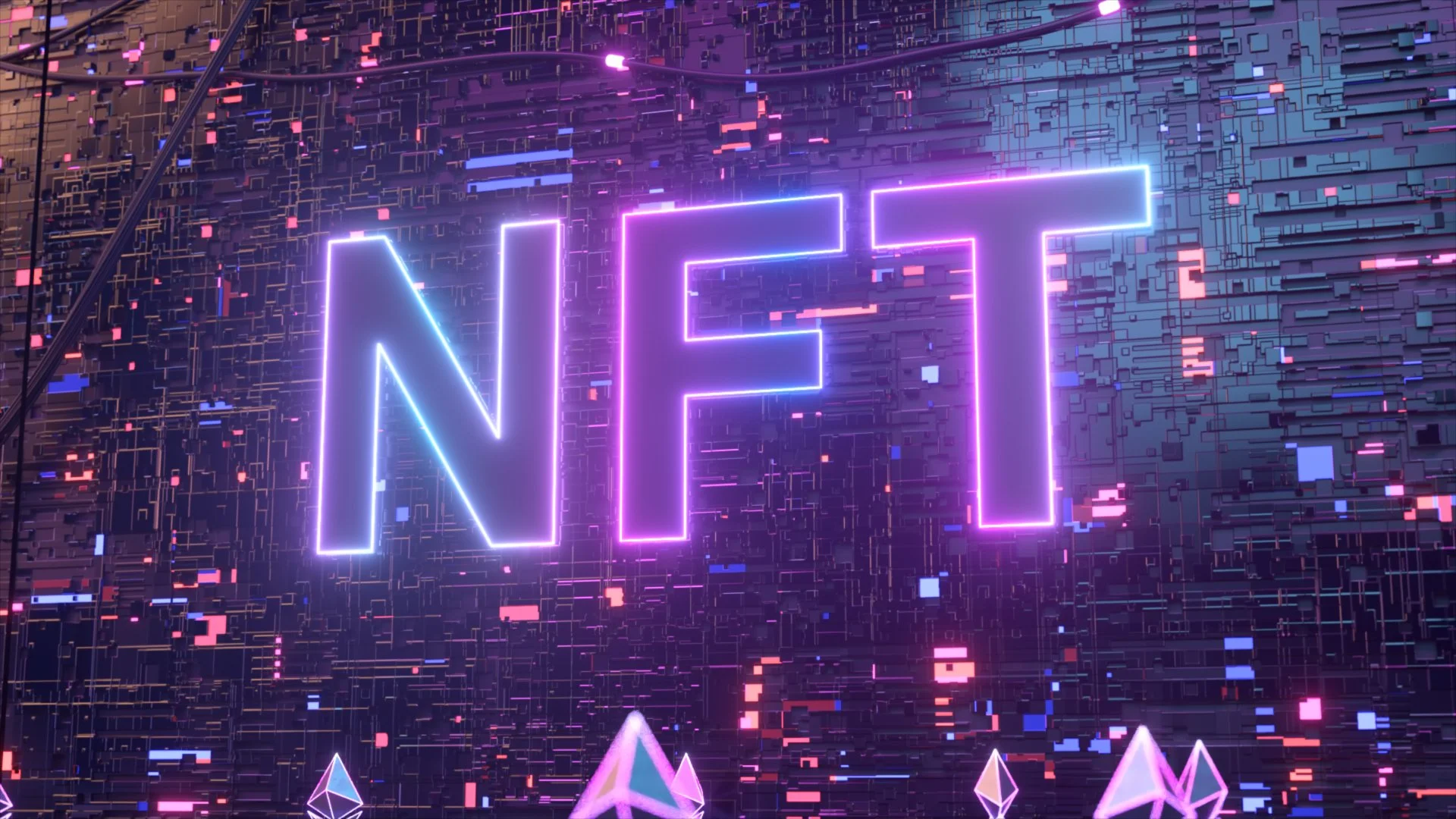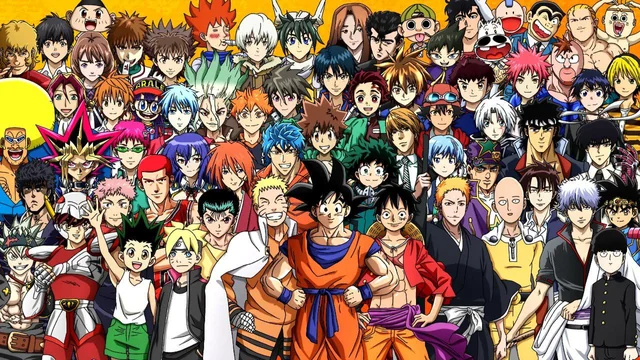In the digital age, streaming giants like Netflix, Disney+, Crunchyroll, and Amazon Prime have redefined how anime reaches the world. Once confined largely to Japanese audiences, anime now commands a global stage, attracting millions of viewers daily and generating billions in revenue. This transformation is not just technological—it’s cultural, political, and economic, representing one of the most significant entertainment revolutions of the 21st century.
What makes this shift remarkable is how streaming platforms have turned anime into a global diplomatic and creative bridge. Through strategic investments, AI-enhanced production tools, and collaborations with celebrities, streaming has expanded anime’s influence beyond traditional boundaries, giving rise to a new era of digital storytelling that fuses global tastes with Japanese artistry.
The Globalization of Anime Through Streaming Giants
The rise of streaming platforms has democratized access to anime, allowing fans from every continent to experience high-quality content simultaneously. Netflix alone has produced over 100 anime titles, while Disney+ and Amazon are investing heavily in original Japanese productions.
This expansion has not only increased anime’s audience but has also diversified its narratives. Shows like Cyberpunk: Edgerunners and Attack on Titan reflect global themes of technology, identity, and politics, resonating deeply with international viewers. By bridging cultural differences, streaming platforms have transformed anime into a universal language of imagination and emotion.
AI and Technology in Anime Distribution
Artificial intelligence has become central to anime’s new digital economy. Streaming algorithms analyze user preferences, predicting which themes and genres will trend across regions. This data-driven approach helps studios refine storylines and character arcs to maximize global engagement.
Moreover, AI-powered dubbing and real-time translation tools have accelerated localization efforts, allowing simultaneous worldwide releases. These technological innovations have made anime more inclusive, enabling creators to reach new markets without compromising artistic authenticity.
Celebrity Endorsements and Global Popularity
Hollywood stars and international musicians have increasingly embraced anime culture, further expanding its reach. From Michael B. Jordan’s collaboration with Naruto-inspired fashion lines to Megan Thee Stallion’s anime-themed performances, celebrity engagement has helped anime transcend its subcultural roots.
These endorsements are more than marketing strategies—they represent genuine admiration for the art form. By merging celebrity influence with digital streaming, the anime industry has gained a powerful promotional force that appeals to younger, tech-savvy audiences worldwide.
Economic Shifts and Political Dimensions of Streaming
The global anime boom has also influenced international trade and cultural policy. Japan now actively promotes anime exports as part of its soft power strategy, strengthening its diplomatic and economic ties with other nations. Streaming companies, in turn, benefit from Japan’s cultural prestige while investing in local studios to enhance authenticity.
This symbiotic relationship has created new political dynamics. Nations recognize the cultural leverage of entertainment, using anime as a tool for diplomacy and global engagement. In an era of digital competition, anime serves as both an art form and an instrument of international influence.
Challenges in the Global Streaming Race
Despite its rapid success, the streaming revolution brings challenges. Oversaturation of content, algorithmic bias, and creative burnout threaten long-term sustainability. Smaller studios often struggle to meet the high production demands of global platforms, while creators express concerns about fair compensation and artistic freedom.
To maintain its creative vitality, the anime industry must balance profitability with artistic innovation. Transparent revenue models, fair creator partnerships, and ethical AI practices will be crucial to ensuring that anime’s global growth remains sustainable and equitable.
FAQs
How have streaming platforms changed anime distribution?
They’ve globalized access, allowing anime releases to reach worldwide audiences instantly, breaking regional barriers that once limited viewership.
Why are celebrities increasingly involved with anime?
Their collaborations amplify anime’s visibility, merging pop culture and entertainment to attract new audiences from diverse backgrounds.
What role does AI play in anime streaming?
AI improves recommendations, automates translations, and helps tailor content to global preferences, enhancing both reach and engagement.
How does anime contribute to Japan’s diplomacy?
Anime serves as a form of soft power, promoting Japan’s culture and values while strengthening economic and cultural partnerships worldwide.
What are the main challenges of global streaming?
Content saturation, unequal pay for animators, and over-reliance on algorithms risk undermining the creative balance that defines anime’s essence.
Conclusion
The expansion of anime through global streaming has redefined the entertainment landscape. What began as a cultural niche has become a worldwide phenomenon that merges creativity, technology, and diplomacy. Through AI innovation and celebrity collaboration, anime has achieved a level of influence that transcends borders and industries.
Looking ahead, the challenge will be maintaining the integrity and emotional depth that make anime special while embracing the tools of modern technology. As global platforms continue to invest, anime’s voice in shaping international culture will only grow stronger, ensuring its legacy as one of the most powerful storytelling mediums of our time.











